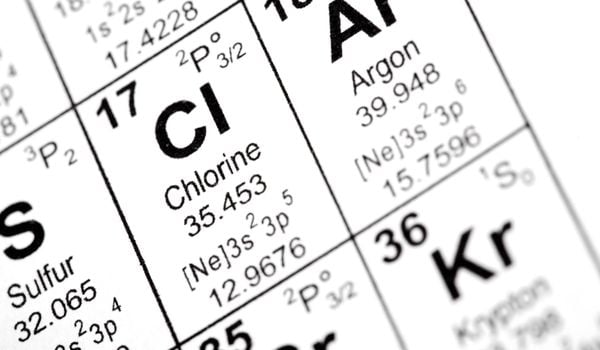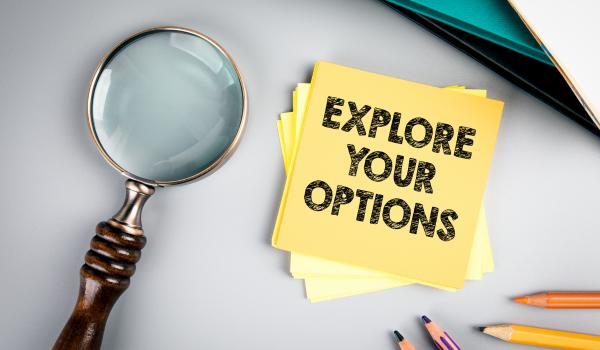Chlorinated tap water deserves credit. It’s a groundbreaking public health revolution that changed everything. Before the 1800s, America battled waterborne diseases, a challenge still faced in some parts of the world today.
But here’s the skinny: despite its monumental benefits, chlorine is not without its pitfalls. Ever had a sip of tap water and grimaced at the taste? Moreover, emerging research raises eyebrows about its health implications. Fear not, though — You’re about to dive into the definitive guide to mitigate those chlorine concerns. Let’s get started!
💡 Key Takeaways:
- Chlorine is added to public water supplies to kill bacteria and viruses.
- It can make water taste or smell off and may have long-term health effects.
- EPA allows up to 4.0 mg/L of chlorine in tap water — but you don’t have to drink it.
- Boiling, carbon filters, reverse osmosis, and catalytic carbon all remove chlorine.
- Filtering improves taste, reduces exposure to byproducts, and supports sensitive users.

🔬 Understanding Chlorine vs. Chloramine
Chlorine is the original disinfectant — it’s been used for over a century to kill dangerous microbes in drinking water. On its own, pure chlorine is a toxic gas, so it’s typically combined with salts to make it safer and easier to handle.
Chloramine, on the other hand, is made by mixing chlorine with ammonia. It’s slower to evaporate and stays active longer as water travels through pipes. That staying power is why more than a third of U.S. water systems have switched to using it.
Both disinfectants do their job — but once your water reaches the tap, you might not want them hanging around.
⚠️ Health Risks
Chlorine does its job to keep water free of harmful bacteria, but it can leave a few health concerns in its wake.
- Birth Defects: Some studies suggest that exposure to trihalomethanes (a byproduct of chlorine) during pregnancy could be linked to certain birth defects.
- Cancer Concerns: Research has hinted at a connection between long-term chlorine exposure and certain types of cancer, such as bladder and rectal cancer.
- Food Allergies: Chemicals similar to chlorine, called dichlorophenols, might contribute to food allergies in children.
- Respiratory Problems: People with asthma, especially children, may experience symptoms like wheezing or irritation after a chlorinated water shower.
Although the chlorine levels in tap water are regulated to be safe, understanding these risks can help you decide if you want to further reduce chlorine exposure. Now, let’s move on to how to remove it.

⚖️ Decoding Chlorine Levels
The EPA sets strict guidelines for chlorine and chloramine levels in tap water. Water treatment facilities must carefully balance disinfectant amounts to eliminate harmful pathogens. This is crucial because chlorine concentrations naturally decrease through evaporation as water travels.
Achieving the delicate equilibrium of up to 4 mg/L of residual chlorine and chloramine in tap water is no easy task. Facilities walk a tightrope, providing safe drinking water while maintaining optimal disinfection levels.
💧 Effective DIY Techniques
Chlorine has its merits in ensuring our water is safe. However, for those keen on a pure water experience without that distinct chlorine taste or aroma, there are answers.
- Boiling: Boiling isn’t just for your morning brew. A steady boil for around 15 minutes encourages most of the chlorine to evaporate, offering you a more neutral-tasting drink.
- Chemical Decchlorinators: Available in both liquid and tablet forms, these are your go-to solutions for a rapid chlorine elimination.
- A Gentle Reminder: Letting tap water stand in hopes that chlorine will dissipate might seem intuitive. While it might lessen the chlorine content a tad, it’s not a comprehensive solution.
- The Chloramine Factor: Think of chloramine as chlorine’s more resilient relative. If it’s chloramine you’re up against, specialized dechlorinators or catalytic carbon filters are your best allies.
A Fresher Sip: Once you’ve tackled the chlorine, you’ll likely find your water tastes and smells clearer, making every sip a little more refreshing.
How to Remove Chlorine from Tap Water

If you’re tired of chlorine’s taste or smell in your tap water? You’re definitely not alone. Chlorine keeps your water germ-free but leaves behind an unpleasant aftertaste. Luckily, you can easily remove it with these methods:
- Activated Carbon Filters Activated carbon grabs onto chlorine molecules, immediately improving your water’s flavor. They’re affordable, reliable, and easy to find as pitcher filters, faucet attachments, or under-sink setups.
- Reverse Osmosis (RO) For ultra-pure water, RO systems are top-notch. They effectively remove chlorine, metals, and other impurities using a specialized membrane—perfect if you want premium filtration, despite a slightly higher cost.
- Catalytic Carbon Think of catalytic carbon as activated carbon’s tougher cousin. Ideal for homes with chloramine in their water, these filters handle chlorine even better. They’re usually part of whole-home filtration setups, offering comprehensive, long-lasting water quality improvements.
Making the Right Filter Choice
If you’re aiming for chlorine-free water everywhere in your house, whole-house filters are your best bet. On a budget? No worries! Brita pitchers or faucet filters might be just what you need.
See our top-rated: whole house water filters of 2025
💧Water Test

Public water systems carefully manage chlorine levels, but that doesn’t mean your home’s water matches the official readings. If your water has a noticeable chlorine taste or smell, testing can pinpoint the exact concentration. Plus, other contaminants can mimic chlorine’s unpleasant flavors.
Before buying filtration gear, consider an easy home test like test strips, or get a comprehensive lab analysis—like SimpleLab’s Tap Score—to uncover exactly what’s in your tap water and choose the right solution.
Final Thoughts
As long as the chlorine level in your tap water is below the EPA limit — it’s safe to drink. But that doesn’t mean it tastes good or that there are no potential health risks with long-term exposure. Why chance it when chlorine is so easy to remove after it’s done its job? The healthiest drinking water is both chlorine-treated and chlorine-free.
 147 people found this helpful. Was this guide helpful to you?
147 people found this helpful. Was this guide helpful to you? 

